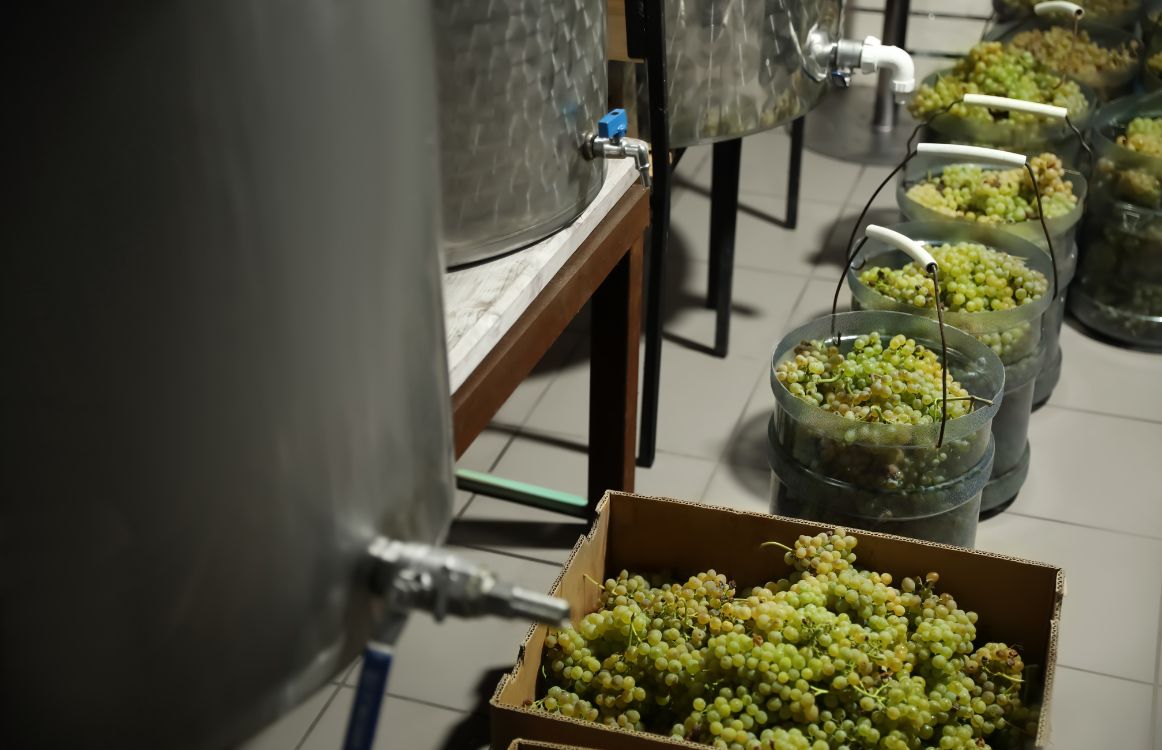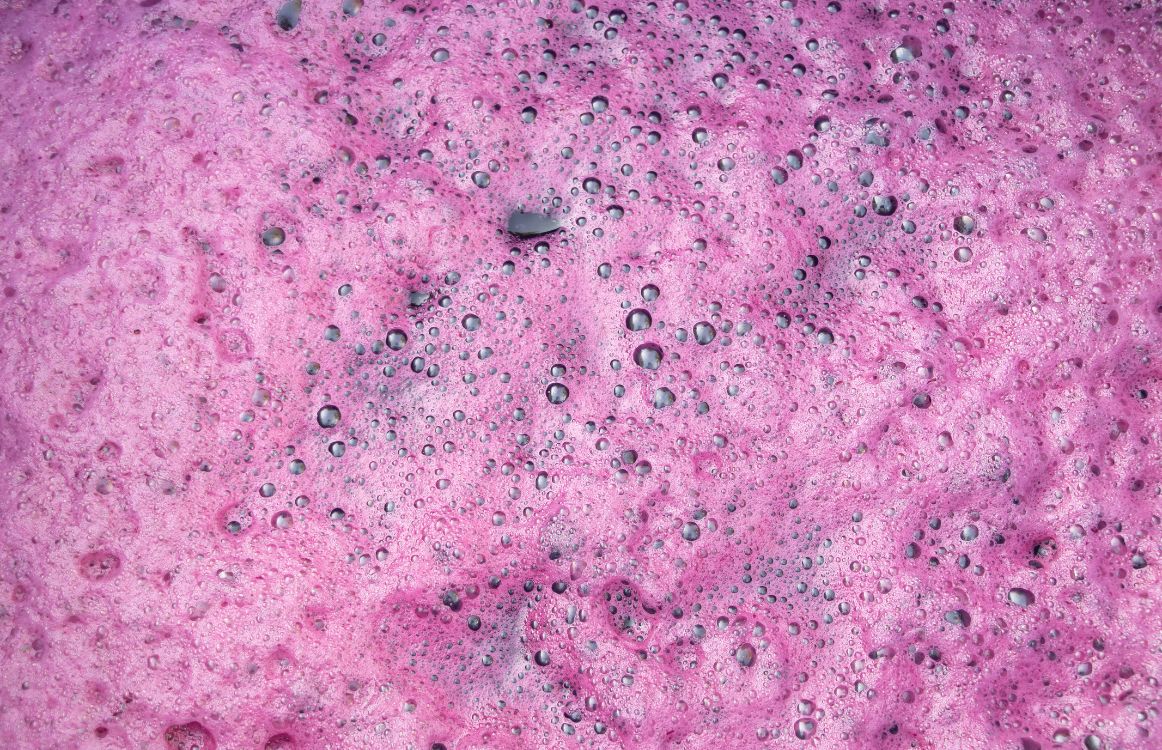Can You Add More Yeast During Wine Fermentation?

If you’re looking at a batch of wine that looks like it’s underperforming, you might be wondering, “can you add more yeast during wine fermentation?” It’s a fair question and, of course, one with a complicated answer. Let’s look into it.
Ancient Wine
It is important to note that wine is easily the oldest fermented beverage in human history. How do we know this? Well, think about it.
All it takes to make wine, really, is to allow nature to take its course.
Fruit ripens on the vine or on the forest floor. Local, wild yeast settle in, attracted by the sweet sugars in those ripe fruits. Fermentation begins. And within days, you have alcoholic fruit.
Which is, essentially, wine.
While we may parse through the language and say only grapes make wine, whereas honey makes mead, apples and pears make cider, etc., the truth is that fruit that ferments on its own is really wine or at the very least wine adjacent.
And ancient wine for humans was likely an accident.
It is highly likely that someone stored grapes in a container once and some of the grapes were crushed. The juice fell to the bottom of the barrel and fermented naturally there.
Days later, someone came along and tried those juices, which were now wine.
And the rest was history.
For thousands of years, the only real interference from humans in the making of wine was the choosing of the grapes, the crushing, and the storing. Nature took care of everything else.
Modern Wine
Today, the winemaking process is much more complex.
Vineyards are established and cultivated. Grapes are carefully selected and crushed. Yeast is added.
And in many cases other elements are included, like added nutrients and enzymes to “help” nature along.
Which is interesting because nature has rarely needed help up until the modern era.
Perhaps for this reason, many winemakers are going back to basics and reclaiming the natural processes, allowing in wild, local yeasts, and experimenting with more natural and local flavors and aromas.
Still, for many modern winemakers, the question as to what to do with yeast and how to work with it arises frequently.
The Role of Yeast in Wine
These concerns make sense when you think about packaged yeast as compared to wild yeast.
You see, in the wild, the exact right amount of yeast cells will be attracted to the wine, knowing instinctively how much alcohol it can tolerate. Yeast cells that cannot tolerate high levels of alcohol will not be attracted to the must. Everything in nature seems to know its role.
But when we add the human element, we want to pick and choose among this or that yeast. We want to speed up or slow down the process. We want to add bubbles or take them away.
And things get confusing.
At its most basic, yeast is naturally drawn to the sugar in must. It settles into this delicious grape juice and begins consuming the sugars. Sugar is the energy source for yeast, and once it has consumed the sugar, it expels water, alcohol, and carbon dioxide as waste products.
It also releases hundreds of secondary metabolites that contribute to new flavors and aromas in the wines that we have come to know and love.
It is a truly delicate balance.
And thanks to microbiology and human engineering, we have discovered the exact right amount of yeast to add to the must to strike that balance.

What Happens if You Add More Yeast to Wine?
If you add more yeast to wine during fermentation, you run the risk, a very highly likely risk, of throwing off that balance.
Too much yeast to too little must potentially speeds up the fermentation process, which inhibits the production of certain proteins and polyphenols that naturally occur in a normal fermentation.
This in turn can create off flavors.
Too much yeast can also lead to a quick depletion of resources. The yeast will be fighting for rapidly reducing nutrients in the must, which can lead to stressed out or stagnant yeast cells and stalled fermentation.
Can You Add Yeast During Wine Fermentation?
There is one case where adding a bit more yeast during wine fermentation might be called for, and this is in a cold environment. If you happen to be fermenting a red wine in the middle of winter in an extremely cold place, like, say, Alaska, your fermentation may be slowed. Adding a sprinkle more of yeast may help invigorate the existing yeast cells, creating a more competitive environment. Still, you are likely better off simply controlling the temperature.
Remember, nature, in most cases, knows exactly what it is doing, and we do our best when we try to mimic it, like, for example, when fermenting, to aim to mimic it as exactly as possible.
In most cases, adding more yeast, and specifically doubling or tripling the amount you add, is going to waste money and time, and potentially even your batch of wine.
Proceed with caution.
Cheers!
Did you know that propagating wine yeast can help you significantly reduce production costs? Join the hundreds of vintners from all around the world using the Smartest Automated Yeast Cell Counter to save thousands of dollars in yeast and prevent costly issues such as stuck fermentation!
Request a Free Demo Account today and experience firsthand how Oculyze can take your winery to the next level!
Sources:


